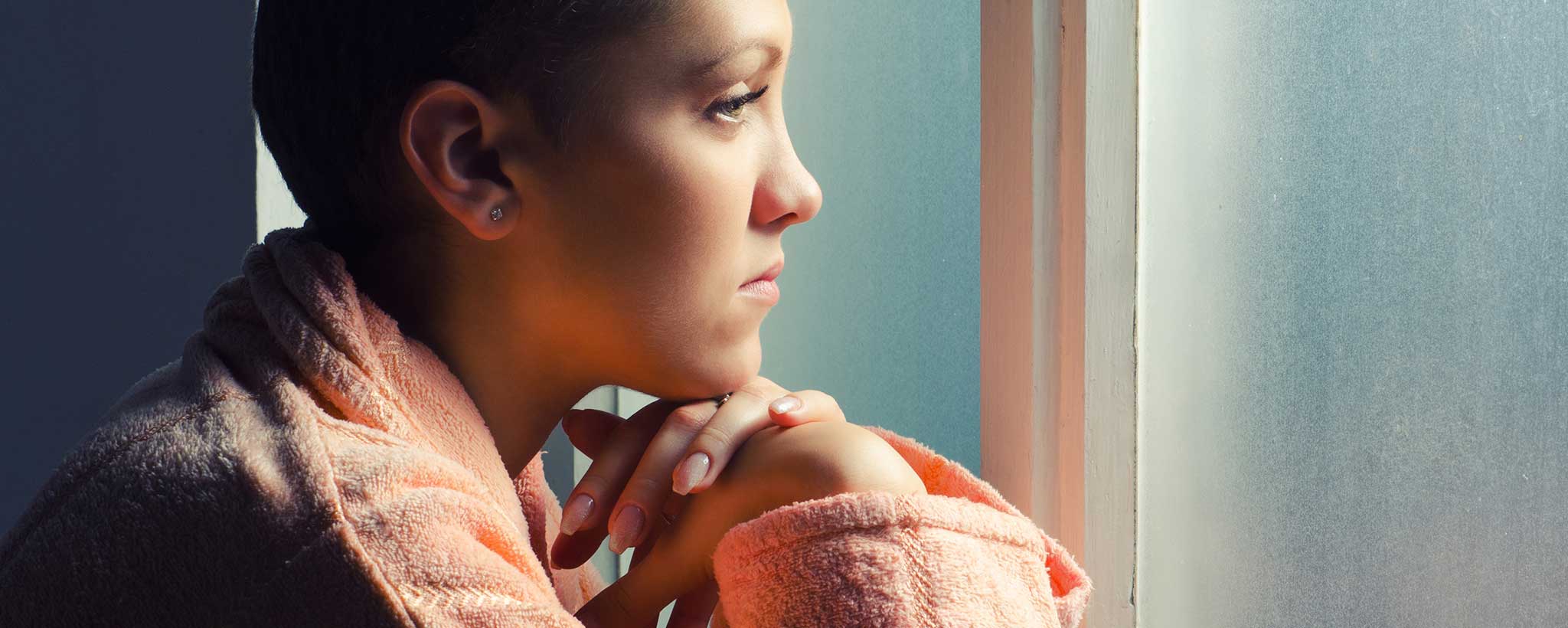Traditional breast ironing is ‘loving’ child abuse.
A Pubescent Horror
Return home to experience abuse or remain in the streets and become the subject of violent sexual assault? This is the tortuous dilemma of many pubescent girls in parts of the West African nations of Guinea-Bissau, Chad, Togo, and Beni. Most prevalently, Cameroon estimates that 24 percent of girls experience breast ironing.
Immigration brings victims to new continents. The UN estimates, that up to 3.8 million girls worldwide are affected, including an estimated 1000 in Britain. The similarly horrific practice of female genital mutilation generally occurs once, perhaps followed later by a ceremonious slitting to conceive and perhaps another to give birth.
Breast ironing (or flattening), in contrast, is repeated over and over again—sometimes daily. The traditional familial theory is that the procedure makes girls less attractive to perverted males. In practice, some girls continue to be sexually active and others become victims of sexual violence.
Effects of Breast Ironing

Breast ironing is sometimes done by pounding the chest of a young woman with spatulas, hammers, or heated stones. It has reportedly led to cysts, lesions, an inability to produce breast milk, and perhaps to the development of cancer in some young women.

The painful practice often destroys mammary glands, making girls vulnerable to breast infection, itching, scars, and abscesses. It can lower self-esteem and inhibit intimacy.
Indicators that a girl has undergone breast ironing:
- Unusual behavior after an absence from school or college including depression, anxiety, aggression, withdrawal, etc.
- Reluctance in undergoing normal medical examinations.
- Some girls may ask for help, but may not be explicit about the problem due to embarrassment or fear.
- Apprehension of changing for physical activities due to scars showing or bandages being visible.
Plastic Dream Project
“Plastic Dream” is a visual essay by French photographer Gildas Paré that explores the Cameroonian cultural practice of breast ironing—crushing the mammary glands of young girls whose puberty development is deemed too early. This body control is performed by their mothers, grandmothers, aunts, or healers, using objects hijacked from the kitchen—or an artisanal elastic band.

Artisanal elastic band and spatula used to compress breast development.
“My approach to meeting the girls came true in delicacy and dignity. Because the experience of these girls is a great pain,” says Gildas. Find more stories and examples of Gildas’ work on his website. He is looking for places to exhibit his portraits and wants to go back to Cameroon to shoot more photographs.
To support the writing of useful articles about women, ClinicalPosters sells human anatomy charts, scientific posters, and other products online. You may sponsor specific articles, become a ClinicalNovellas Member, or remit a small donation.
ClinicalPosters sells human anatomy charts, scientific posters, and other products online to offset expense of the writing useful articles about women. Slide extra posters into DeuPair Frames without removing from the wall.
Show your support by donating, shopping for ClinicalPins, becoming a ClinicalNovellas Member, or leaving an encouraging comment to keep the research going.
To support the writing of useful articles about women, ClinicalPosters sells human anatomy charts, scientific posters, and other products online. You may sponsor specific articles or remit a small donation.
ClinicalPosters sells human anatomy charts, scientific posters, and other products online to offset expense of the writing useful articles about women. Slide extra posters into DeuPair Frames without removing from the wall.
ClinicalPosters sells human anatomy charts, scientific posters, and other products online. You may remit a small donation or become a ClinicalNovellas Member.
You can support the writing of useful articles about women by sponsoring specific articles, becoming a ClinicalNovellas Member, or remitting a small donation. Visible content is optimized for device size.






 Romance & Health Intertwine. Fall in love with a captivating romance miniseries that explores the essence of well-being. Become a ClinicalNovellas member for heartwarming tales.
Romance & Health Intertwine. Fall in love with a captivating romance miniseries that explores the essence of well-being. Become a ClinicalNovellas member for heartwarming tales.





